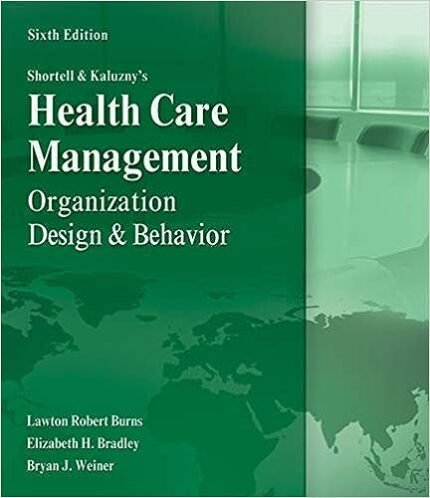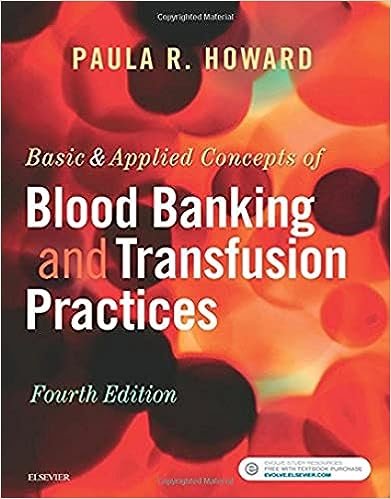Test Bank For A Wellness Way of Life 11th Edition by Gwen Robbins
Chapter 06
Developing Muscular Fitness
Multiple Choice Questions
- What is the effect of resistance training on weight management?
A.It can be used to lose or gain weight.
B. It can help shape and tone muscles.
C. If fat is lost as muscle is gained, a loss of inches may result.
D. It is possible to lose inches without significant weight loss.
E. All of the answers are correct.
Accessibility: Keyboard Navigation
Topic: Muscular Exercise and Muscular Fitness
- What is the effect of resistance training on bone strength?
A.Lifting heavy weights may cause a loss of bone mineral.
B. It stimulates increased bone density.
C. Lifting many repetitions of light weights is best at increasing bone mass.
D. It can offset poor eating habits such as a lack of dietary calcium.
E. None of the answers is correct.
Accessibility: Keyboard Navigation
Topic: Muscular Exercise and Muscular Fitness
- How does resistance training affect cardiovascular health?
A.It doesn’t; resistance training only affects muscular fitness.
B. It reduces risk factors associated with cardiovascular disease.
C. Traditional weight training increases aerobic capacity.
D. It increases resting blood pressure.
E. It decreases exercise tolerance.
Accessibility: Keyboard Navigation
Topic: Muscular Exercise and Muscular Fitness
- Individuals who should seek medical guidance prior to starting a weight-training program include people with high blood pressure, hernias, arthritis, or
A.lower back problems.
B. allergies.
C. diabetes.
D. asthma.
E. weak ankles.
Accessibility: Keyboard Navigation
Topic: Muscular Exercise and Muscular Fitness
- According the ACSM, basic health fitness benefits can be obtained by lifting in a single set of
A.8 to 12 repetitions.
B. 3 exercises.
C. 20 minutes’ duration.
D. 8 to 12 exercises.
E. None of the answers is correct.
Accessibility: Keyboard Navigation
Topic: Resistance Training Programs
- Benefits of strength training include weight control, time economy, injury prevention, increased bone strength, and
A.decreased cardiorespiratory endurance.
B. decreased resting pulse.
C. enhanced flexibility.
D. increased oxygen uptake.
E. improved reaction time.
Accessibility: Keyboard Navigation
Topic: Muscular Exercise and Muscular Fitness
- Cautions for strength training include seeking medical clearance for those who have cardiovascular problems, hernia, arthritis, lower back problems, or
A.high blood pressure.
B. tight muscles.
C. weak muscles.
D. asthma.
E. All of the answers are correct.
Accessibility: Keyboard Navigation
Topic: Muscular Exercise and Muscular Fitness
- Disadvantages of strength training are that injury is possible, you may need equipment, it can initially produce muscle soreness, and it
A.takes several hours to complete a fitness workout.
B. is not a complete exercise program.
C. decreases flexibility.
D. produces large, bulky muscles in females.
E. decreases cardiorespiratory endurance.
Accessibility: Keyboard Navigation
Topic: Muscular Exercise and Muscular Fitness
- Differences between training programs for strength and muscular endurance include lifting
A.quickly for strength, slowly to build muscle endurance.
B. many sets for strength, few for muscle endurance.
C. heavy weights for strength, light weights for endurance.
D. isokinetically for strength, isotonically for endurance.
E. full range of motion for strength, partial for endurance.
Accessibility: Keyboard Navigation
Topic: Resistance Training Programs
- Two types of muscular exercise are
A.fast and slow.
B. contraction and relaxation.
C. strength and endurance.
D. static and dynamic.
E. voluntary and involuntary.
Accessibility: Keyboard Navigation
Topic: Muscular Exercise and Muscular Fitness
- A muscle agonist is
A.the contracting muscle that initiates movement.
B. the opposing (relaxing) muscle during muscle contraction.
C. a muscle that contracts and shortens as a weight is lifted.
D. a muscle that contracts and lengthens as a weight is lowered.
Accessibility: Keyboard Navigation
Topic: Muscular Exercise and Muscular Fitness
- A muscle antagonist is
A.the contracting muscle that initiates movement.
B. the opposing (relaxing) muscle during muscle contraction.
C. a muscle that contracts and shortens as a weight is lifted.
D. a muscle that contracts and lengthens as a weight is lowered.
Accessibility: Keyboard Navigation
Topic: Muscular Exercise and Muscular Fitness
- A concentric contraction is
A.the contracting muscle that initiates movement.
B. the opposing (relaxing) muscle during muscle contraction.
C. a muscle that contracts and shortens as a weight is lifted.
D. a muscle that contracts and lengthens as a weight is lowered.
Accessibility: Keyboard Navigation
Topic: Muscular Exercise and Muscular Fitness
- An eccentric contraction is
A.the contracting muscle that initiates movement.
B. the opposing (relaxing) muscle during muscle contraction.
C. a muscle that contracts and shortens as a weight is lifted.
D. a muscle that contracts and lengthens as a weight is lowered.
Accessibility: Keyboard Navigation
Topic: Muscular Exercise and Muscular Fitness
- Which of the following is a correct safety guideline for weight training?
A.Use partial range of motion with heavy weights.
B. Move joints from full extension to lockout.
C. Arch and move the back to lift heavy weights.
D. Swing the weights and use momentum whenever possible.
E. Exhale on the exertion and inhale on the release.
Accessibility: Keyboard Navigation
Topic: Guidelines for Developing Muscular Fitness












Reviews
There are no reviews yet.